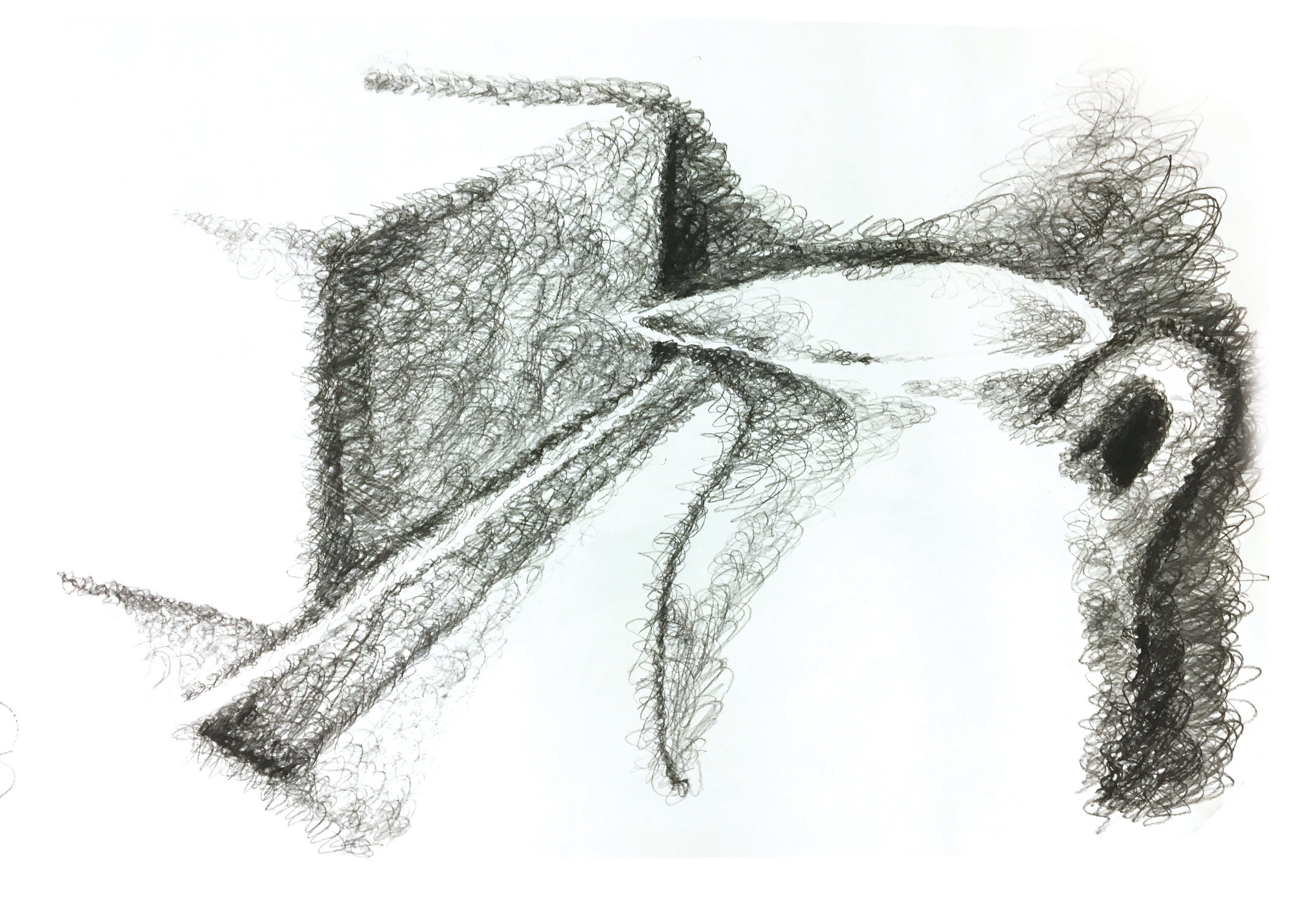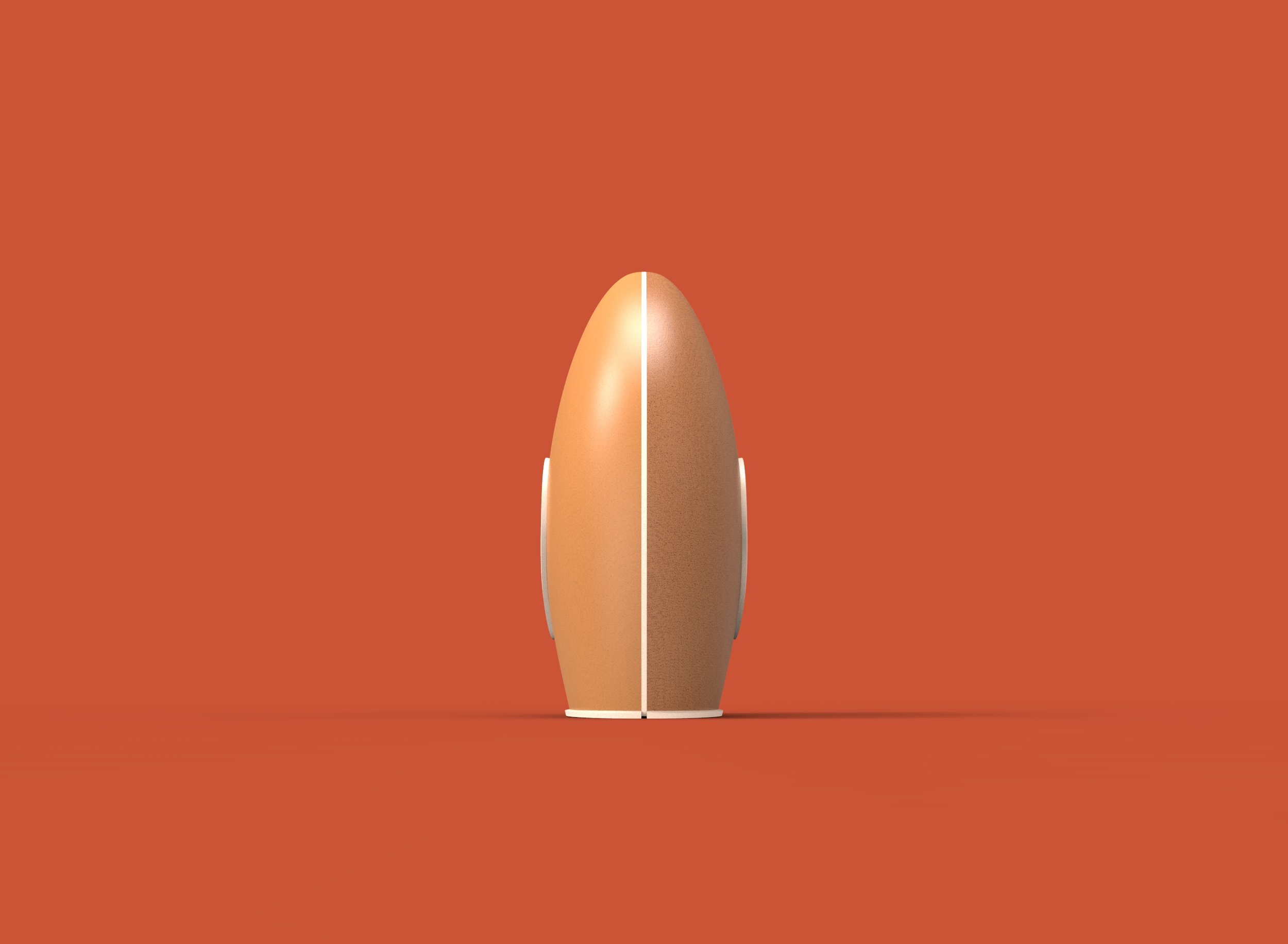Civil Ceremonies
Final water vessel model, ceramic
Fall 2016. Arizona State University.
In his book Liquid Modernity Zygmunt Baumann describes civility as a set of learned behaviors enabling us to encounter our fellow members of society respectfully, while maintaining our “otherness.” These skills of civility, he states, are worn as a mask, able to be taken off and on, and are necessary to coexist peacefully with other people. Furthermore, in a world of increasingly permeable borders--countries, nationalities, public, private, family, community--“otherness” becomes a tremendously valuable, and fragile, commodity.
Baumann suggests that current mechanisms in our public spaces fail to reinforce techniques of civility. Instead, of these spaces operate on crude rules: rules which, more often than not, are designed to expunge otherness from individuals once they step into the public sphere.
My goal was to design a product that could live in various intersections of public and private life. I looked for something practically invisible, easily overlooked. But I was careful to select an object that existed where gestures and rituals of civility might be learned and shared. I selected a water vessel, a pitcher, jug, or carafe. These vessels have a long history in human culture. The opportunities for rich references and suggestion were immense. Most importantly, vessels like this exist on the border of not only the interior and exterior (they travel outside and return inside) but also of the public and private, as they occupy the space when strangers are welcomed into a home to be presented with that offering of hospitality.
The work of Eero Aarnio, whose place in the collective unconciousness of Finnish design was on display everwhere we looked in Helsinki and beyond, was the perfect place to look for references and inspiration. Like Alvar Aalto, Aarnio had a great facility with materiality. Aalto and his followers used a fusion of natural and manmade to create a peaceful intersection of artificiality and nature. Aalto saw in this fusion the promise of modernity and the promise of the future. Instead of blurring boundaries, Aarnio exploded them. Forms were expanded and inflated, bringing them closer to the user than ever before. This explosion of form also made the familiar seem alien, and the alien seem familiar. Aarnio’s intersection was rhetorical in addition to formal. He created a xenomorph (alien form) that was both and neither, unfamiliar yet perfectly recognizable. It was this xenomorphic technique that I used as my formal inspiration for my vessels.
Process
I began with a drawing technique to explore form. I used a looping motion with my pencil to draw only the shadows on archetypal pitcher forms. I drew in a "figure-8" pattern, lifting my pencil from the vellum as rarely as possible, giving the impression of a continuous line.
Next, I transferred the idea of looping to three dimensions. Forms where wrapped in various kinds of loops, both literally (the plaster-based form at far right), and more conceptually (center left).
Initial form exploration
Developed form exploration more explicitly influenced by the concept of looping and wrapping
Rough study models in canvas (top) and plastalina (bottom)
Technical specs for water vessel
Technical specs for leather wine vessel


















